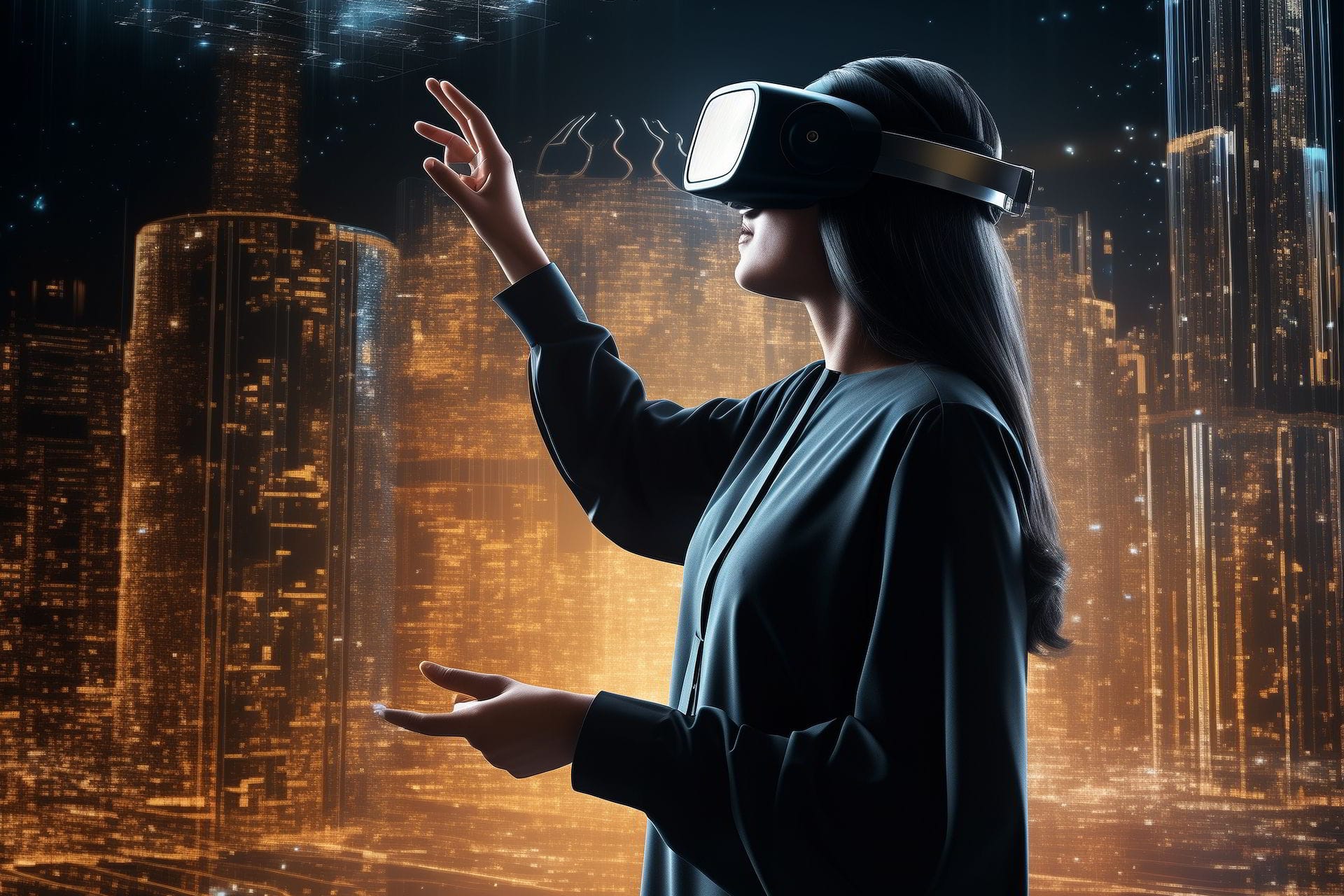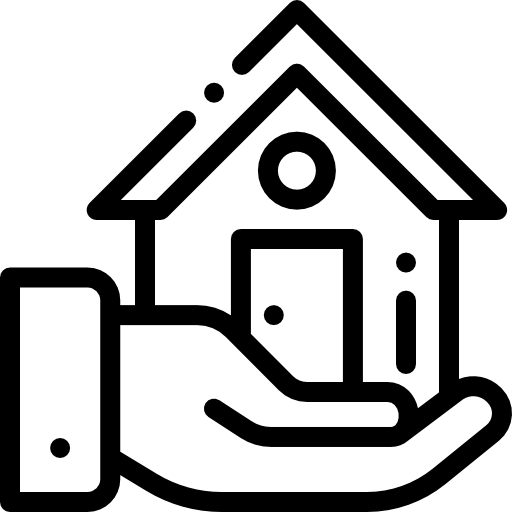When a guest lands on a listing, their decision forms within seconds. For hotels seeking more bookings, the visual presentation matters. Two approaches dominate, each with distinct benefits: polished stills produced by a photographer and interactive walkthroughs that let users roam the property online. This post compares a hotel virtual tour with traditional hotel photography and explains which format suits different goals, budgets, and guest types.
What Professional Photos Deliver
Experienced hotel photographers frame light, mood, and scale to communicate design, comfort, and cleanliness. A set of polished images, shot at the right hour, tells a clear story in a single frame. These hero photographs are ideal for listings, brochures, and social campaigns because they load fast and control the narrative. For many properties, professional stills remain the most efficient way to showcase signature spaces and to create a precise emotional message.
What an Interactive Tour Brings
A hotel virtual tour lets viewers move through lobbies, rooms, and amenities in a spatially accurate way. It reduces uncertainty by showing layout, sightlines, and the relationship between spaces. Where a photo captures a moment, an interactive experience reveals context, helping guests evaluate room size, view orientation, and the relative position of services. For properties where the experience depends on flow, the virtual option shortens the discovery phase and increases trust.
How Each Format Influences Bookings
Strong imagery alone is often enough to nudge a guest toward a reservation for a short stay. Yet for premium rooms, suites, or properties with complex layouts, an interactive experience converts at higher rates because it answers practical questions that photos cannot. A combined approach, hero images for emotional pull, and a tour for verification usually perform best on conversion pages. For campaigns that need speed and tight budgets, rely on polished photos as the primary creative.
Cost, Logistics, and Lifespan
Traditional hotel photography requires a snapper, some staging, and post-production, so it can be wrapped up pretty quickly. Hotel virtual tours involve special capture and platform setup, which add a lot of initial time and cost. However, the later value of a tour tends to be much larger than the initial cost because it will continue to serve users with minimal updates.
Hence, photographs may require seasonal updates to reflect the new decor or replace outdated images after renovations.
Search Visibility and Onsite Engagement
A 360 virtual tour for hotels strengthens dwell time and user engagement, which are positive signals to search engines. The still images, captioned and provided with descriptive alt-text and structured data, remain critical for image search and fast-loading thumbnails. The best practice would be to couple images captioned with descriptive alt-text with an embedded 360 virtual tour for hotels on booking and property pages, thus attracting both quick clicks and longer onsite sessions.
Accessibility and Performance Considerations
Photographs are universally accessible, require no special controls, and perform well on slow connections. Interactive tours demand more bandwidth and careful implementation to be fully mobile-friendly. Provide compressed fallback images, clear navigation controls, and descriptive captions so both formats are useful to all visitors, regardless of device or connection quality. Keep in mind that many users browsing on mobile are time sensitive, so prioritize fast-loading elements on listing pages.
Insights and Operational Benefits
Interactive tours provide minute information on the links users have engaged with and areas where they halt. Such insights could ensure renovations, pricing, and marketing priorities think further than just staff training and guest service improvements.
Insights on photos provide simpler performance measures, like click-through rates and social engagement; they do not collect the type of room-by-room behavioral data that a tour delivers. Managers can, therefore, more precisely track the intent of user journeys, resulting in refinement of promotional messaging and alignment of upgrades to real guest interest. Use analytics to test which visual assets drive bookings for specific room types and posting channels.
Practical Recommendations
If your property sells on ambience, views, or layout, invest in an interactive offering. If speed and budget are the priority, invest in professional stills. On listing pages, use a striking hero photo to attract attention, and place the immersive experience on the detailed property page to answer final questions before checkout.
Train reservation staff to reference tour links when handling inquiries; it reduces confusion and boosts conversion. Host immersive files on a reliable CDN or embedded viewer, and test across devices before launch.
Conclusion
Photos and interactive tours serve different but complementary roles. Still images create the initial desire; interactive tours confirm the practical details. Hotels that combine both tend to see higher conversions and fewer guest surprises. For properties in Dubai seeking professional production of hotel virtual tour experiences alongside high-quality traditional hotel photography, consider Limina Studios. They provide both services, helping properties present spaces with clarity and confidence.






















